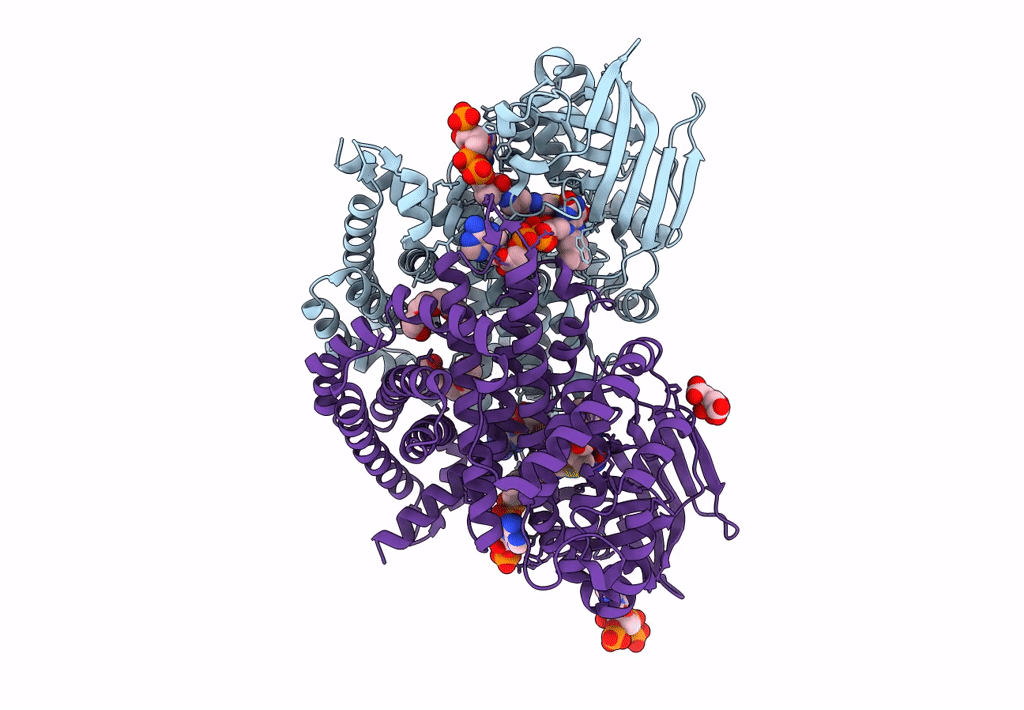
Deposition Date
2023-02-10
Release Date
2023-07-12
Last Version Date
2024-06-19
Entry Detail
PDB ID:
8CIW
Keywords:
Title:
Methylsuccinyl-CoA dehydrogenase from Pseudomonas migulae with bound FAD and (2S)-methylsuccinyl-CoA
Biological Source:
Source Organism:
Pseudomonas migulae (Taxon ID: 78543)
Host Organism:
Method Details:
Experimental Method:
Resolution:
1.93 Å
R-Value Free:
0.20
R-Value Work:
0.17
R-Value Observed:
0.17
Space Group:
C 2 2 21


